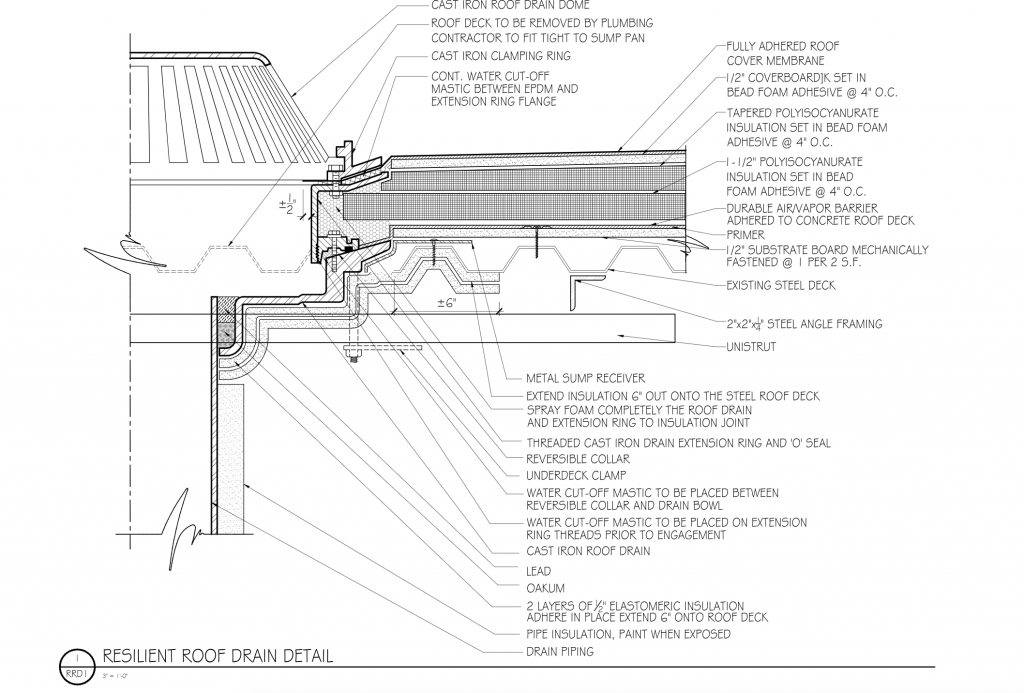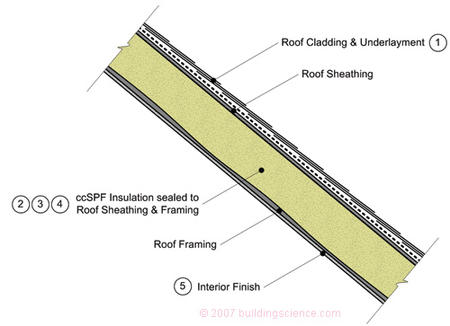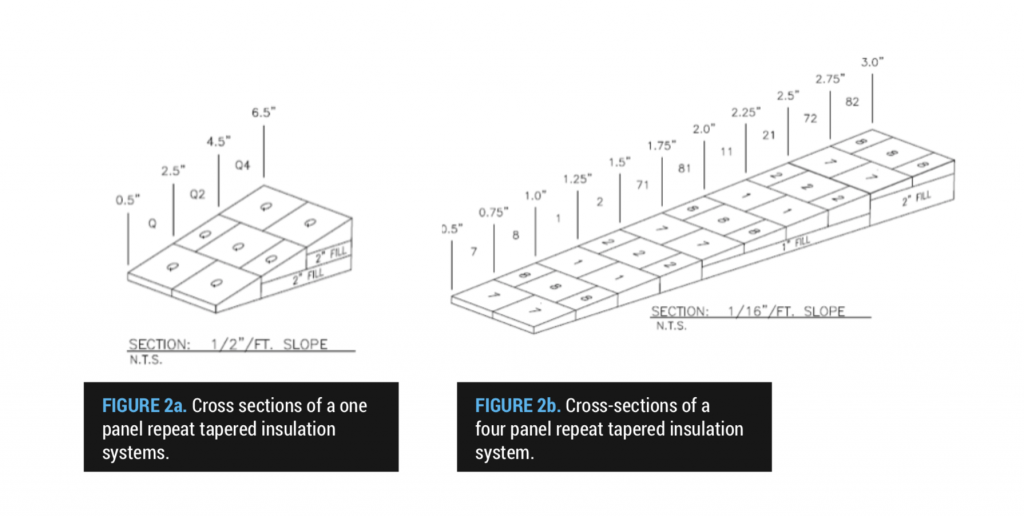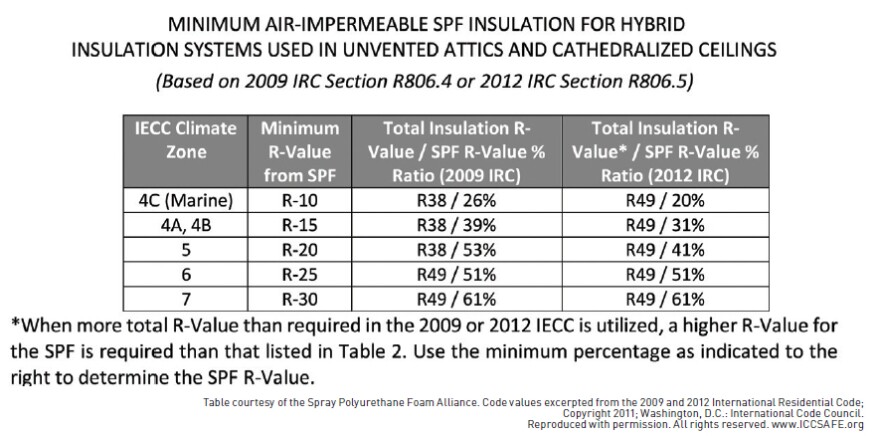Cold deck this is where the insulation is placed between the joists rafters or in between the ceiling joists in the case of a pitch roof.
Minimum thickness warm roof insulation.
Cold flat roofs are typically avoided as you d need to install ventilation which can prove problematic for many reasons relating to space labour costs etc.
A warm flat roof or a built up roof bur is one where all the insulation is above the joists deck making them part of the warm fabric of the building.
Building regulations and standards set the levels of thermal insulation required when carrying out building work.
With a warm roof the usual process is to split the insulation into two layers.
The insulation is immediately below the waterproofing layer.
If you do have existing roof insulation the first thing to do is to check the depth if there is only 25mm of insulating material then this is likely to date back to the 1970s as this type of.
Warm deck the type of insulation for this is usually of a rigid type and the thickness will vary depending on the manufacturer s specifications.
Column a is for extensions where the existing dwelling s walls and roof u values are worse than 0 70 w m k in the walls and worse than 0 25 w m k in the ceiling.
The vapour control layer is above the decking but below the insulation.
If 180mm is to be installed then 100mm board might be introduced between the rafters there has to be a minimum 25mm air gap between the insulation and the underside of the tiles or slates with an 80mm board running across the rafters.
Ventilation is required for these roofs.










